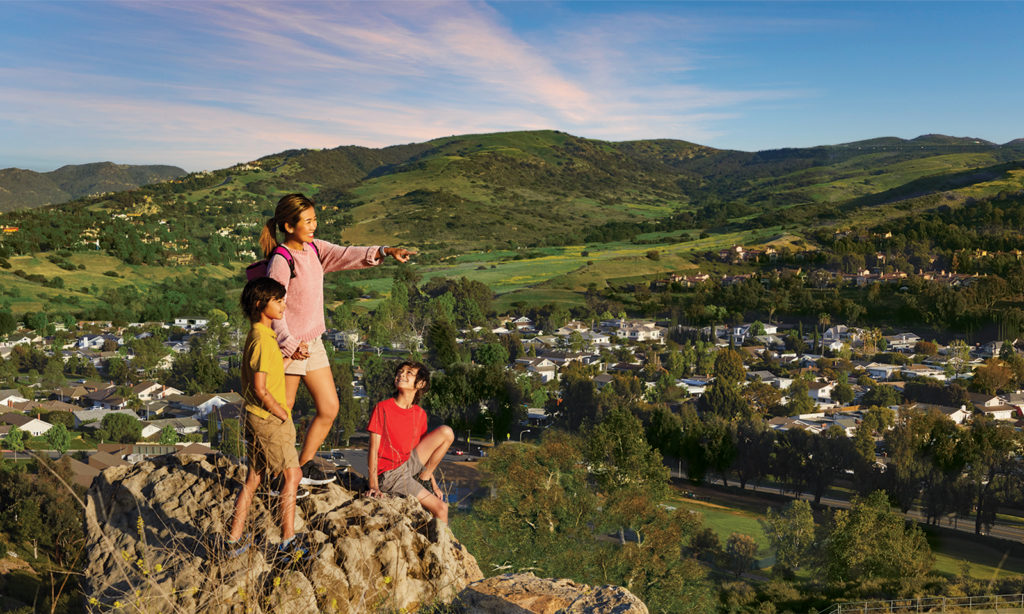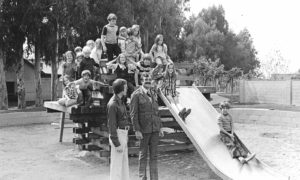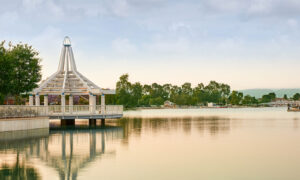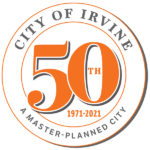
The City of Irvine’s 50th anniversary makes for a great local celebration, but it also reflects the creation of a much-needed model for development here and around the world. Not only has Irvine proved itself in the marketplace, but it has been successful in addressing the primary environmental and health challenges that define these times.
Begun as a master-planned community, the area was developed with conscious intent to create a city of the future, now with 280,000 residents. Early on, Irvine Company looked at its vast property holdings in a way that went beyond the usual short-sighted perspective – to create an ideal place to live within the context of a natural environment.
The Company began to set aside land from the beginning but upped the proposed share of open space from 11% in 1960 to 60% today. “As a result, over half of the entire Irvine Ranch is now protected open space forever,” Irvine Company Chairman Donald Bren has said. “Right here, in the heart of Orange County, is the largest urban open space in the United States … 57,500 acres … with easy access for more than 3 million people.”
Open space certainly turned out to be enormously attractive to potential residents, and that appeal is, if anything, greater now. Surveys of buyers, particularly millennials, demonstrate a powerful desire for access to nature and recreation.
It is one reason why Irvine ranks so high among its residents – a remarkable 90% consider their quality of life as “excellent” or “good.” Irvine turns out to be not only the most fiscally sound and safest city in the country but may well be among the most sustainable, with a legacy that will persist for generations to come.
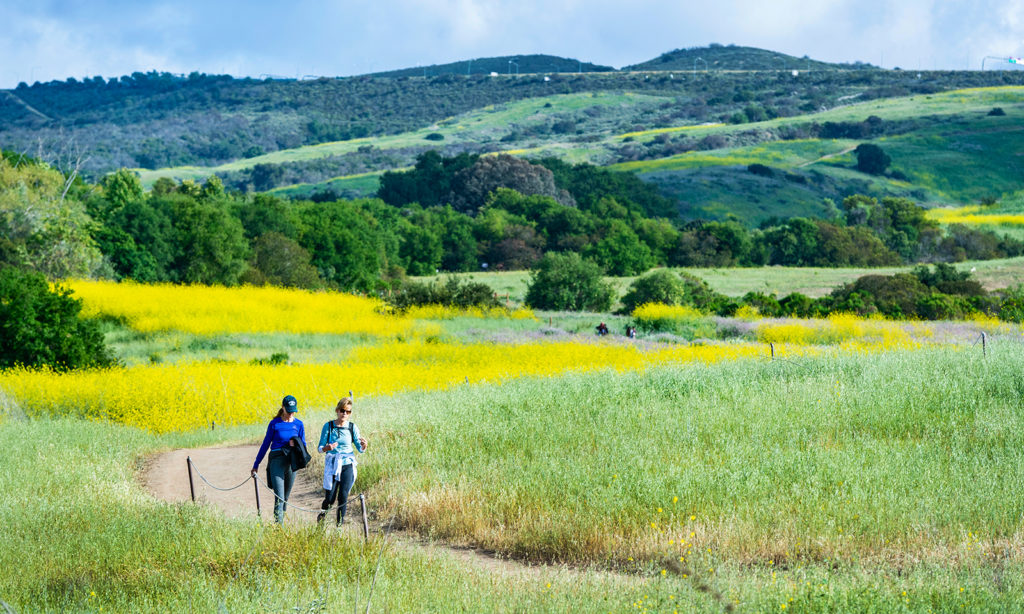
Solving the suburban dilemma
Over the past half-century, suburbia has retained a powerful appeal to Americans; in the last decades, notes demographer Wendell Cox, over 90% of all growth has been in suburbs. Suburban and exurban areas have also accounted for the vast majority of job creation and new patents for decades as well.
The recent pandemic, rising urban crime and the shift to online work all suggest that these trends will accelerate not only in the United States but around the world, including in Southern California. “People are resetting their priorities with this pandemic,” noted John Shumway, principal economist of the Concord Group. “And all the amenities that Irvine offers places it on top of the list.”
If the suburbs and exurbs are the future, and most demographic trends show this, the real focus for environmentalists should be not how to stop them, but how to make them more sustainable. In this, Irvine is showing some of the way forward. Its output of greenhouse gas (GHG) emissions is reduced by the fact of short commutes – among the shortest in California – and a large percentage of people working remotely, even before the pandemic. Rather than a barrier to achieving long-range environmental goals, communities like Irvine represent a guide to a sustainable future.
Irvine’s open space also represents an example of how communities can reduce GHG emissions. The city’s 550,000 trees, which are the result of a collaboration between Irvine Company and the city, have created an extraordinary canopy that provides shade, a critical feature in a sunny climate. These canopies lower temperatures around them by up to 15 degrees and add 71 tons of oxygen each year into the air we breathe.
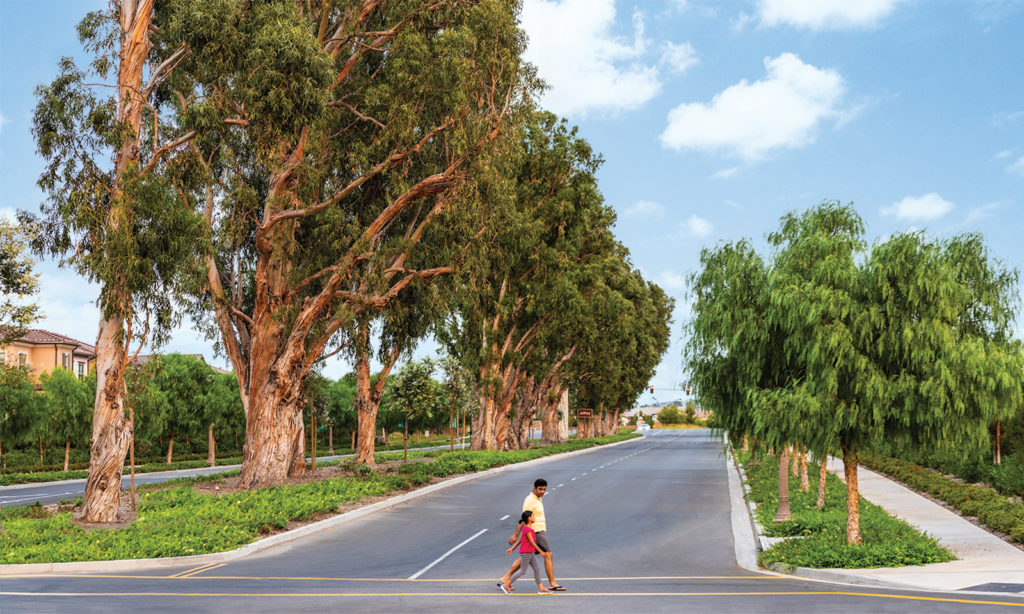
One of America’s healthiest cities
Given our experience with COVID-19, concerns with health are leading more people to look for living environments that are less likely to cause extreme infectiousness. Generally speaking, crowded indoor places pose the greatest danger. That’s one reason why Irvine – where it’s so possible to be outdoors – has proven to be far safer when compared with Los Angeles County, the state and nation.
This provides another element of appeal for the area. “Health is now a critical consideration,” notes Daniel Young, former Irvine Company executive and current chairman of the board of directors for Hoag Memorial Hospital Presbyterian. Millennials are particularly concerned with health issues, including diet. A few years ago, The Wall Street Journal published an article with the headline “City vs. Country: Who Is Healthier?” and found that suburbs are healthier than either of those locations. In research supported by the County Health Rankings & Roadmaps program, a joint program of the Robert Wood Johnson Foundation and the University of Wisconsin Population Health Institute, suburbs topped both urban and rural areas in 10 factors that influence health, and suburban residents generally enjoyed a better health-related quality of life.
Proximity to parks and open space – a key feature of the Irvine experience – has a positive impact on health outcomes and life expectancy. Three recent studies, including Anthem Foundation’s “Fittest Cities in America,” Niche’s “Healthiest Places to Live in America” and WalletHub’s “Healthiest U.S. Cities,” all ranked Irvine among America’s top 10 healthiest cities.
A sustainable, ‘post-suburban’ future
By preserving open spaces and promoting a healthy environment, Irvine is showing the way to a brighter future for America. Unlike the old “bedroom” suburb, built to house city workers, Irvine represents what two authors called “post-suburbia,” functioning as a full community where people can work, recreate, enjoy culture and experience the wonders of nature.
The legendary landscape architect Frederick Law Olmsted, who designed New York City’s Central Park as well as several iconic suburban neighborhoods, considered suburbs a natural progression of urbanization. He wrote in 1868: “No great town can long exist without great suburbs.” Irvine epitomizes this promise by existing not in opposition to nature, but in harmony with it.
Joel Kotkin is a Presidential Fellow in Urban Futures at Chapman University and an author of several books on the history of cities.

